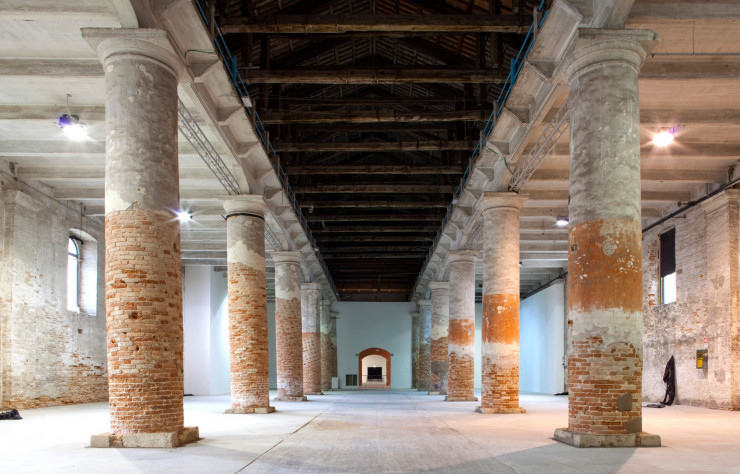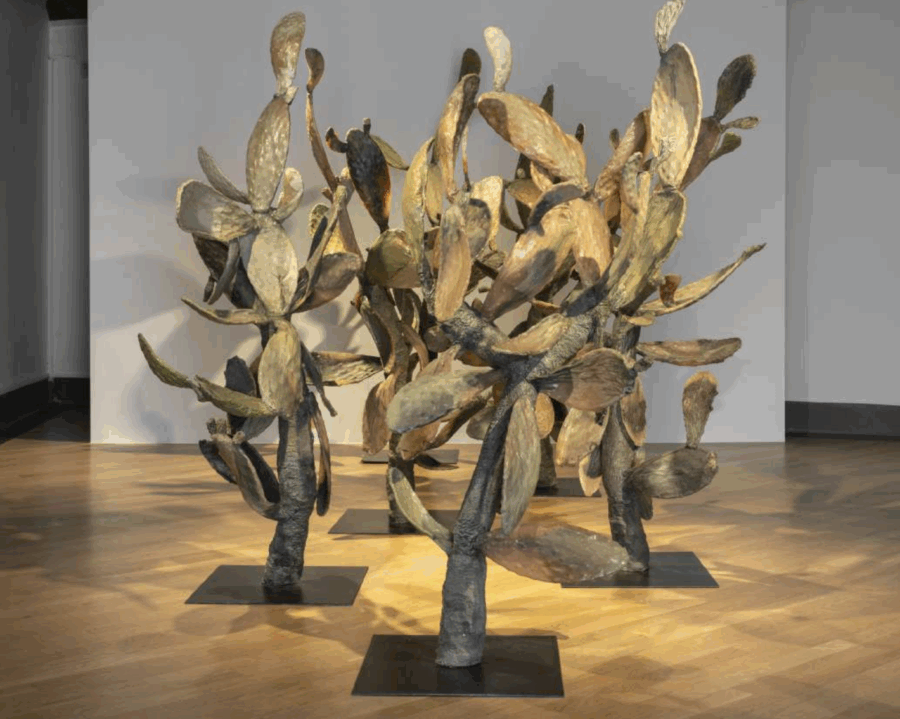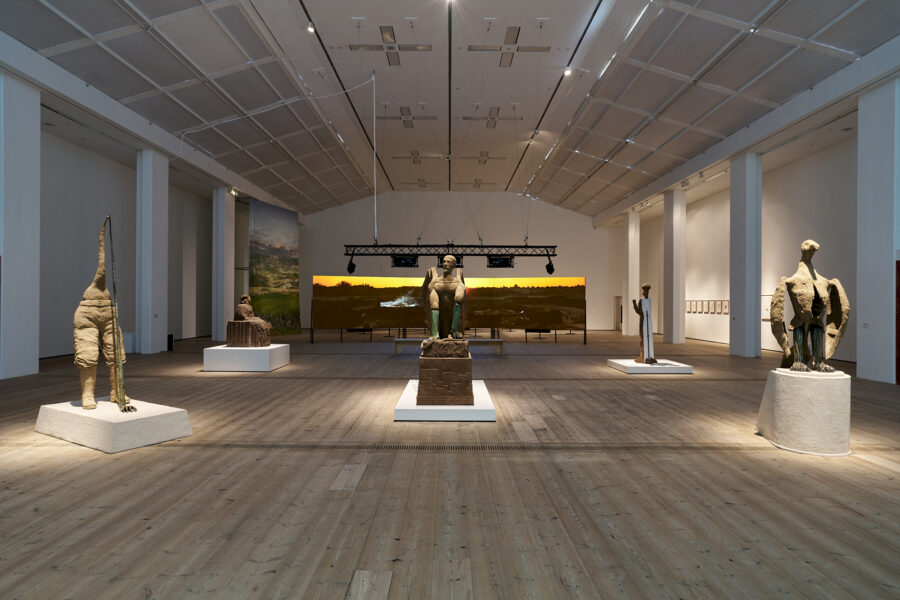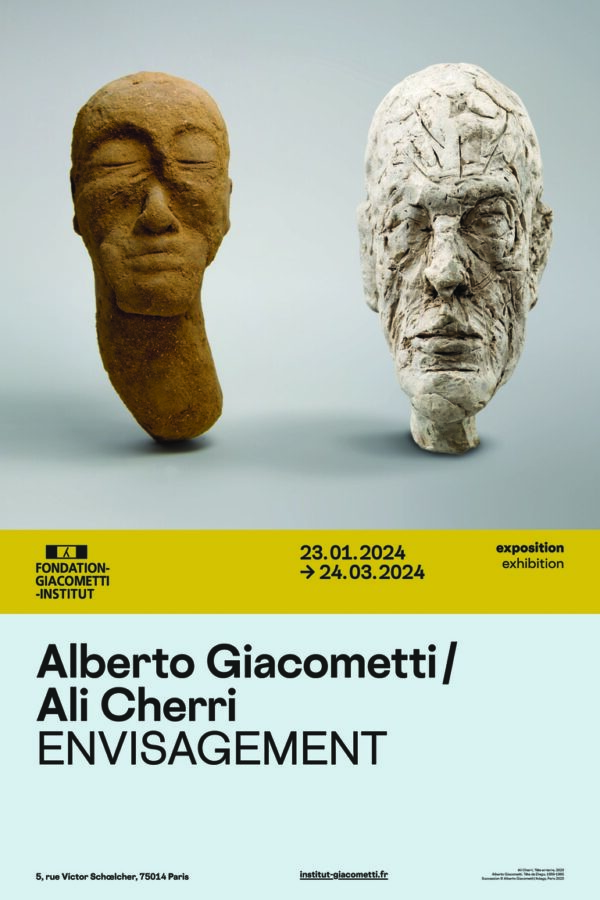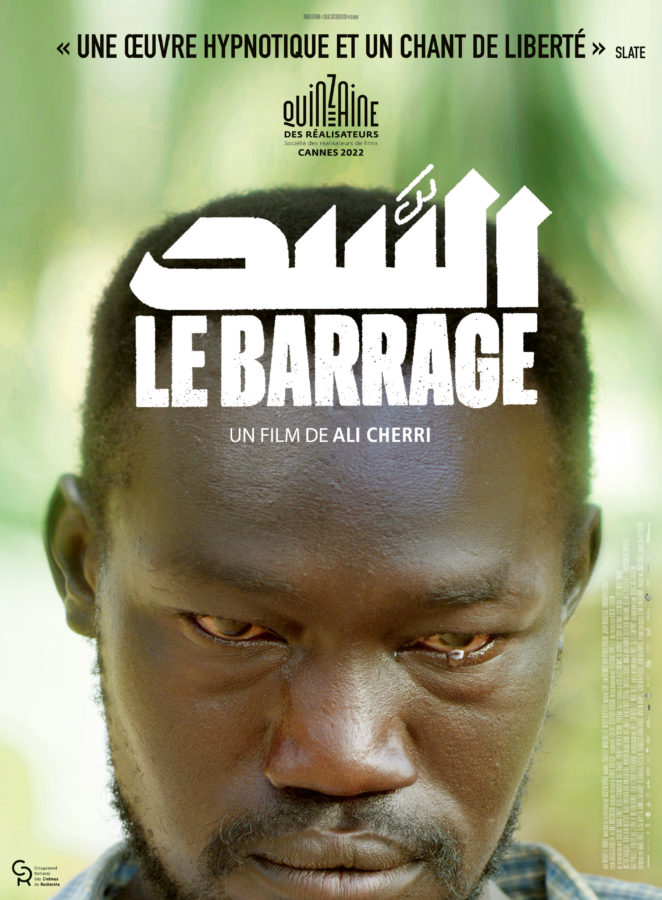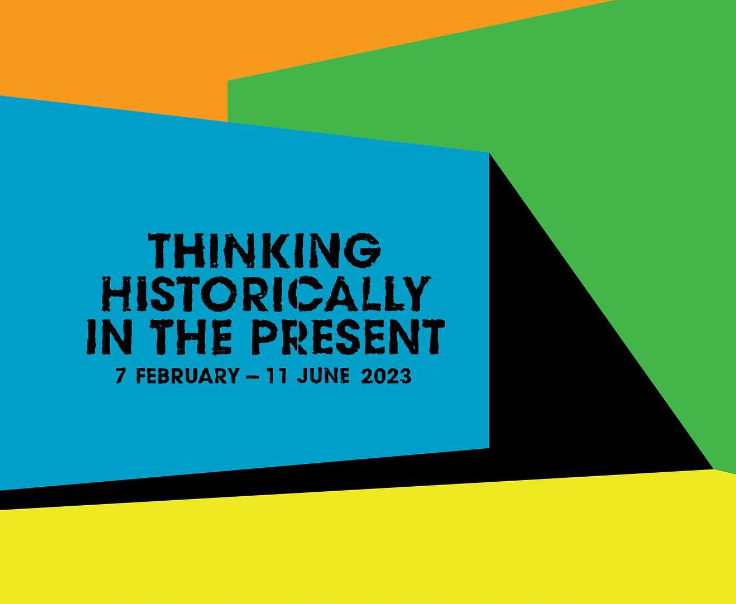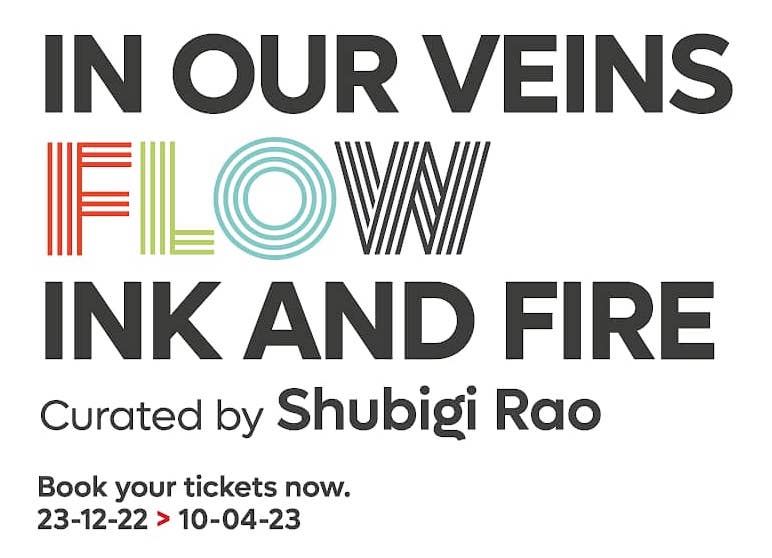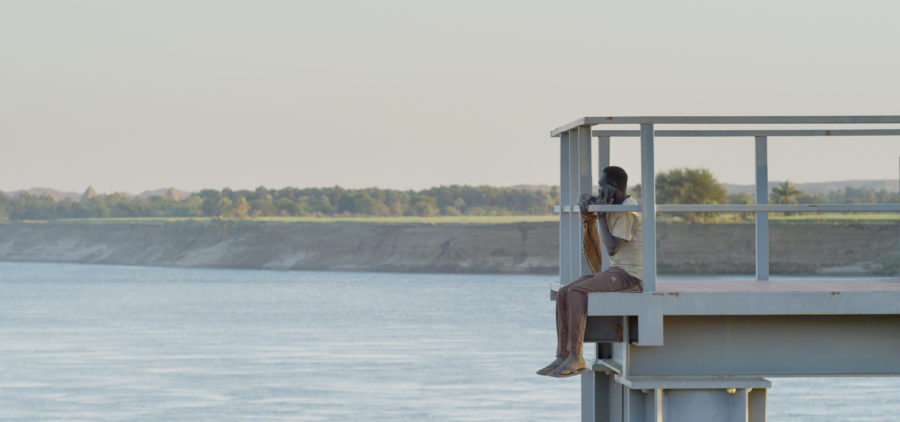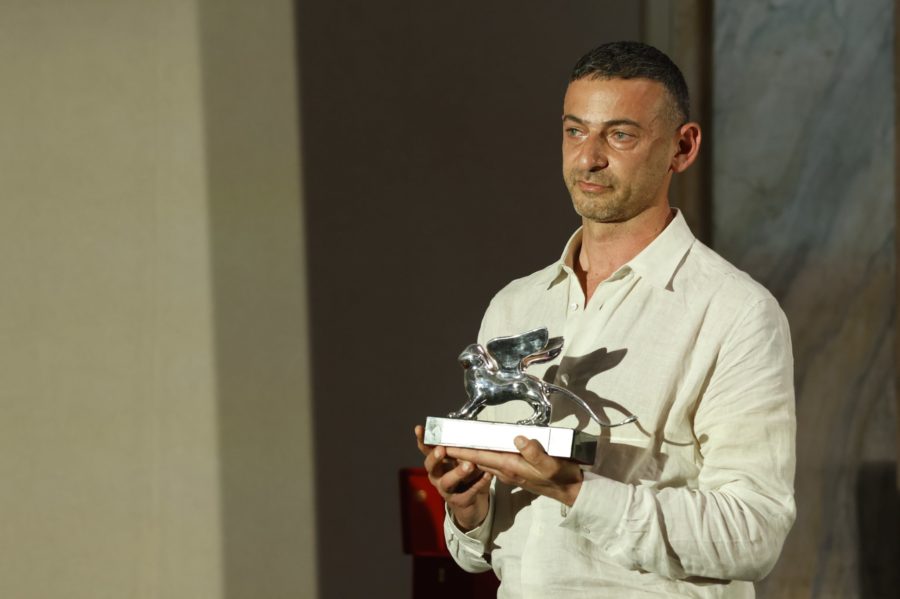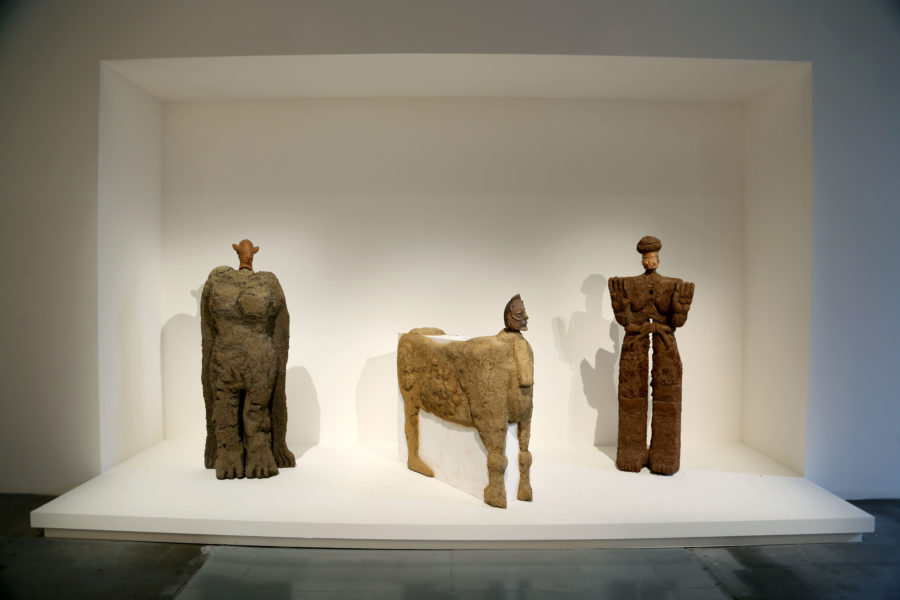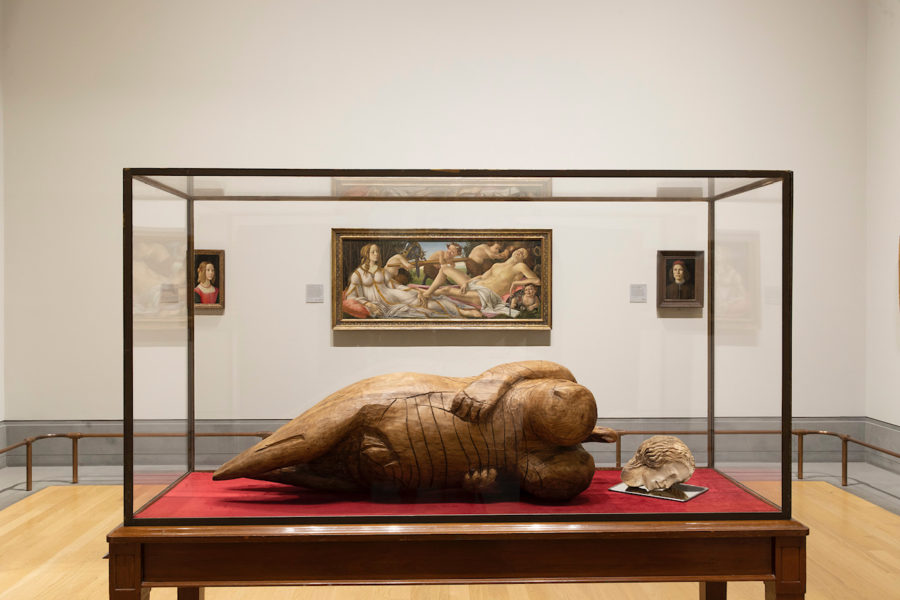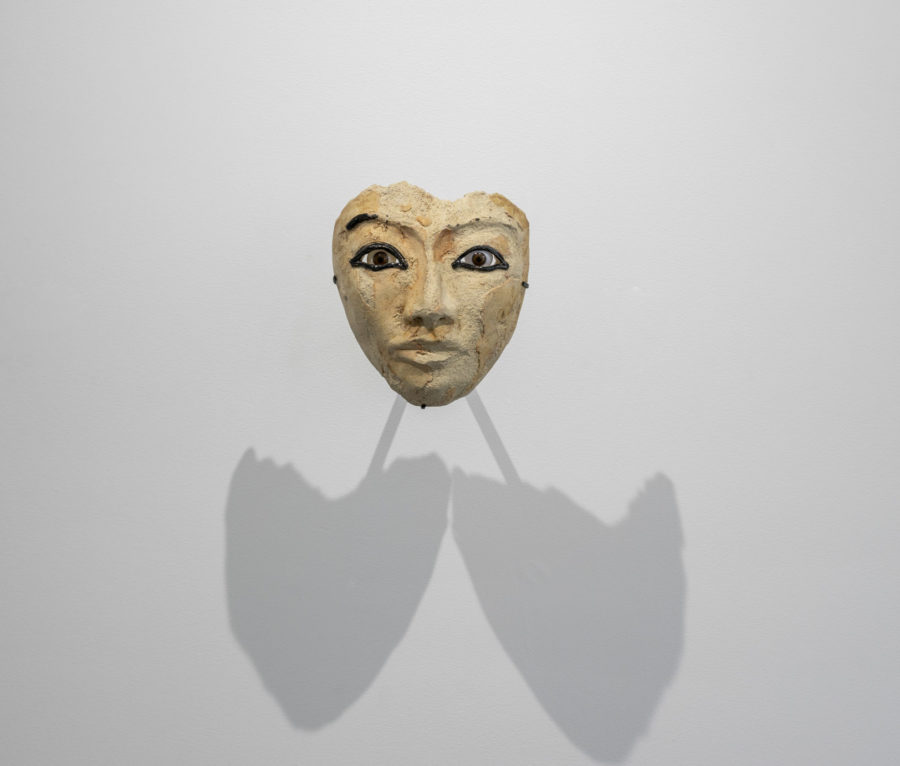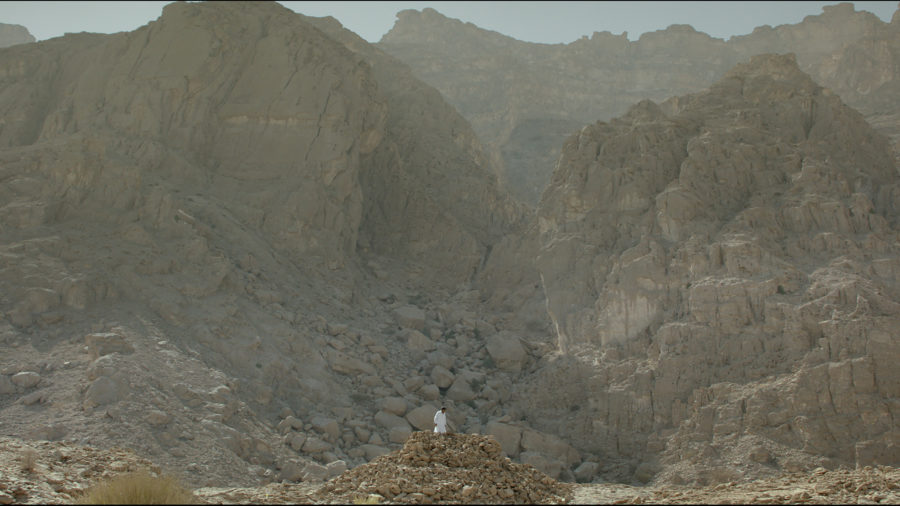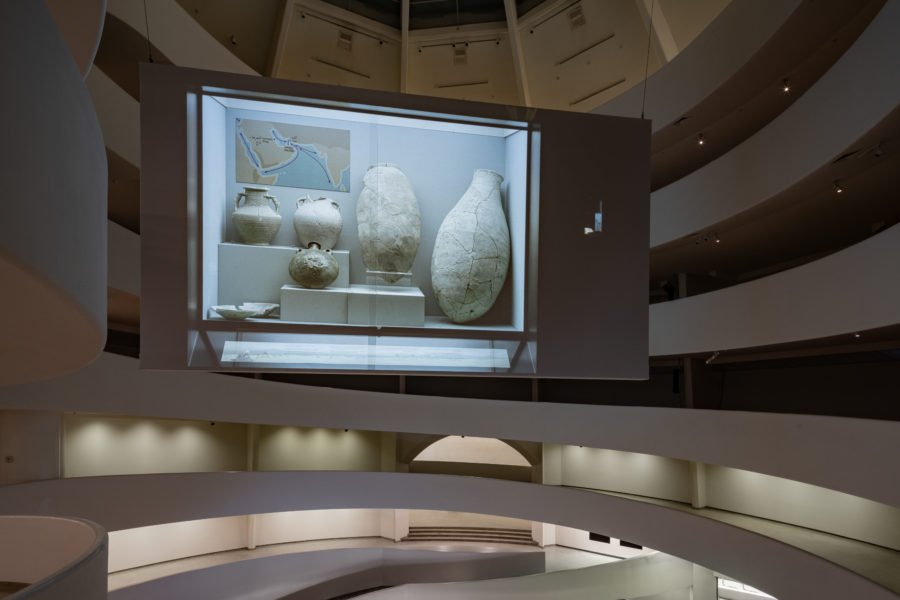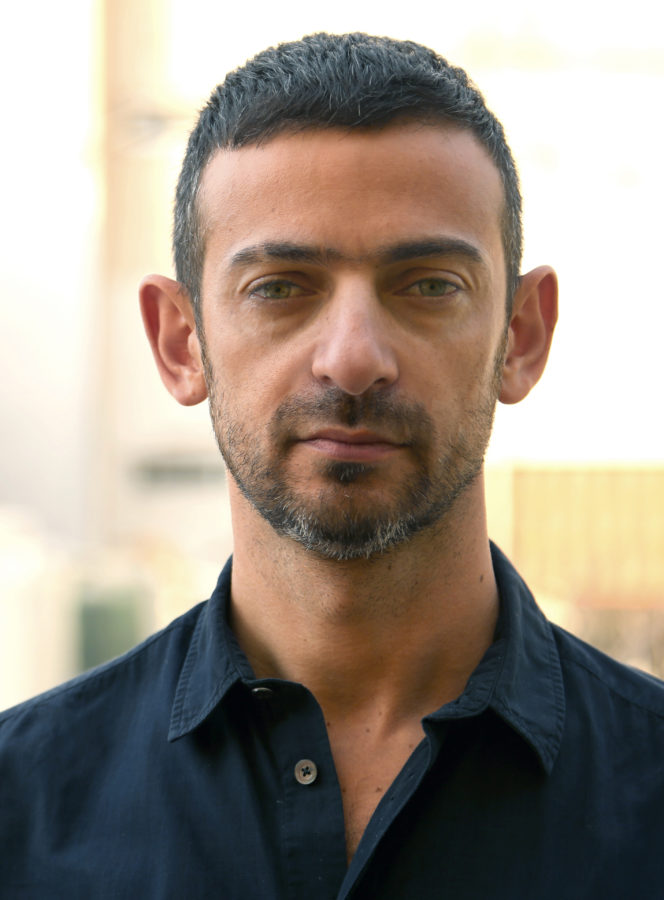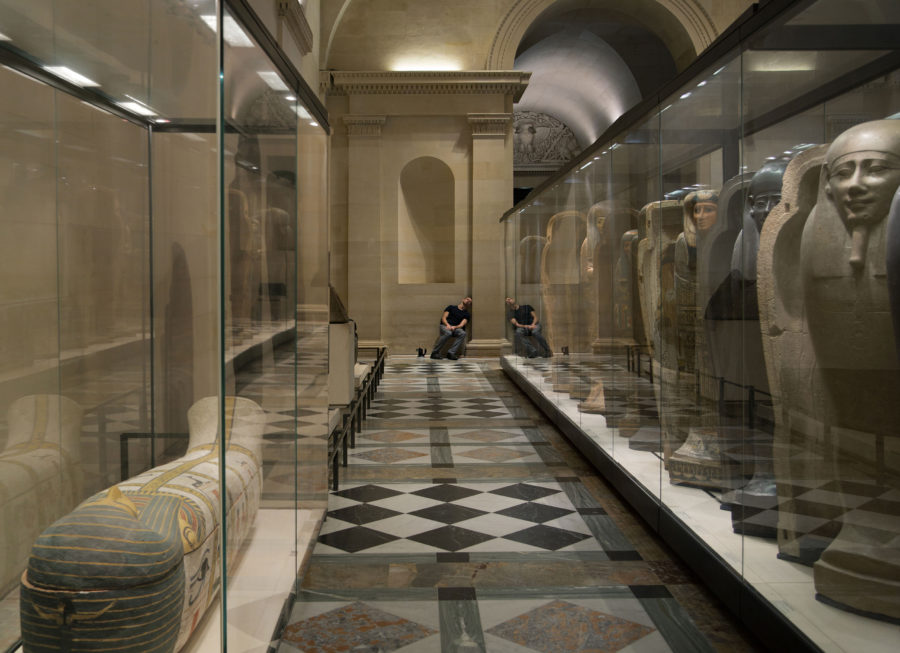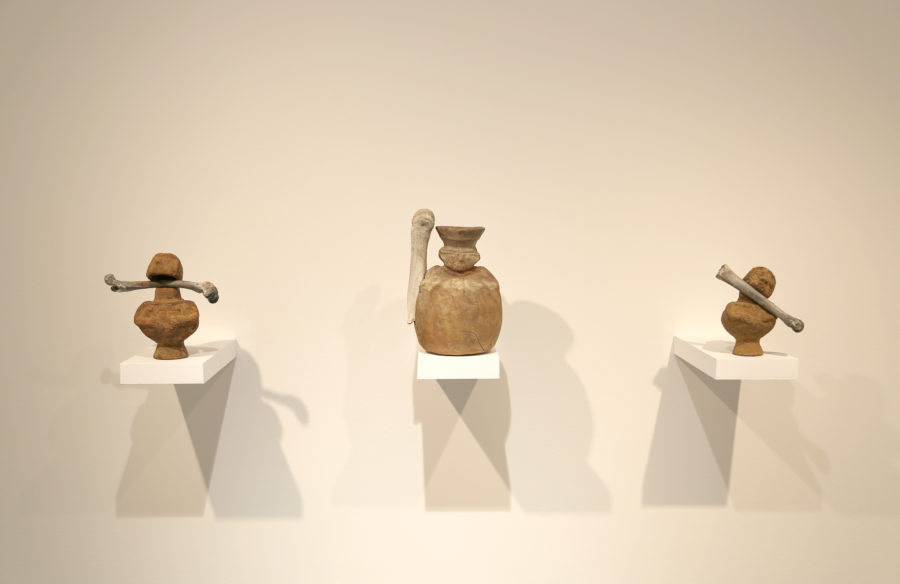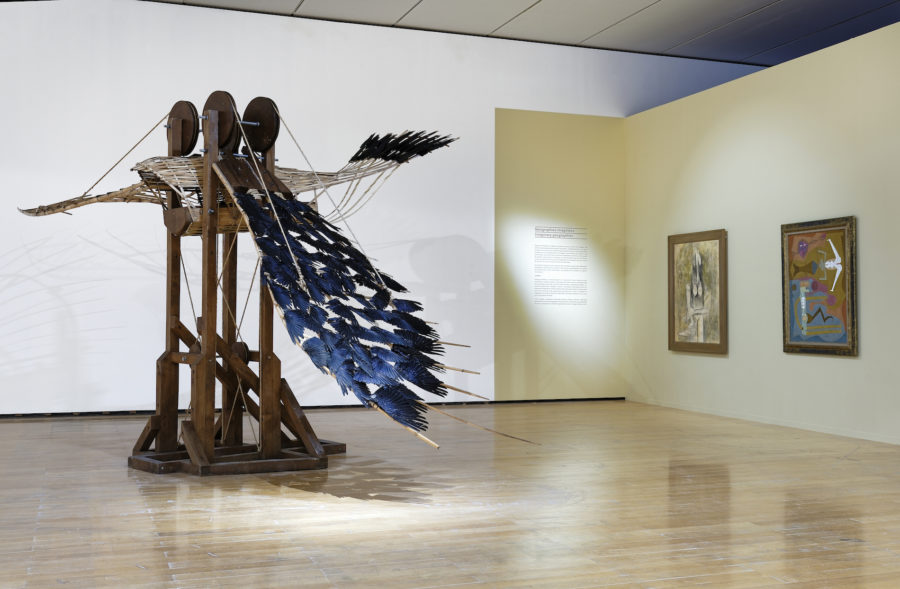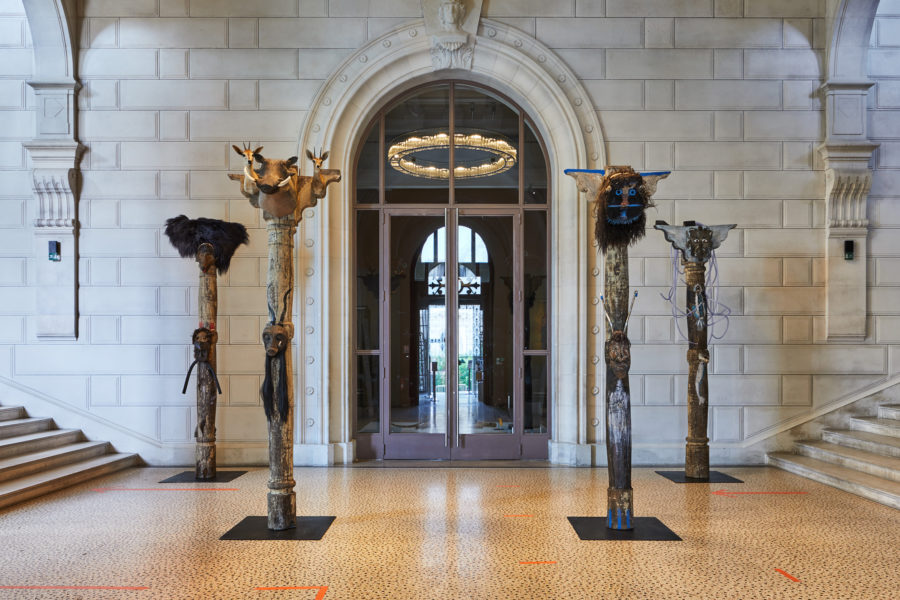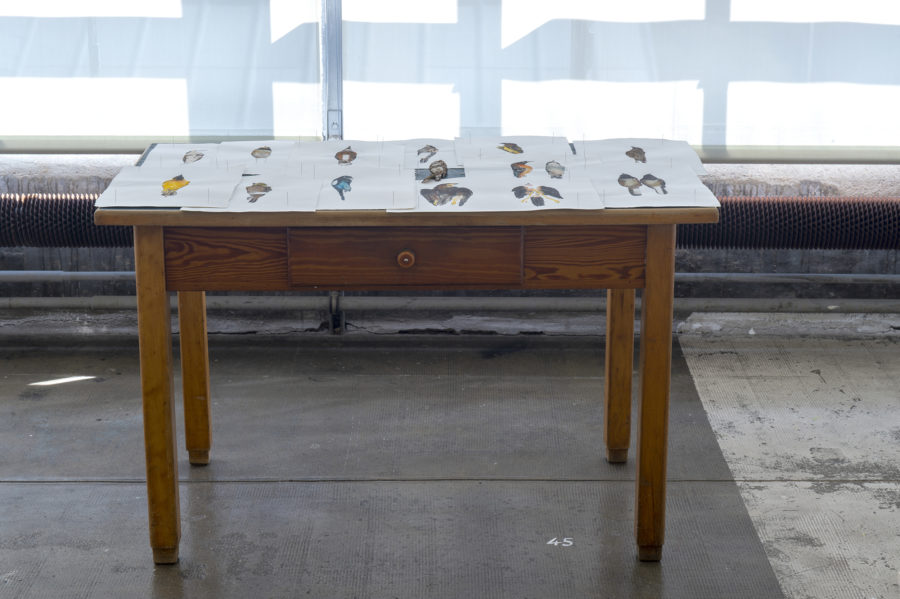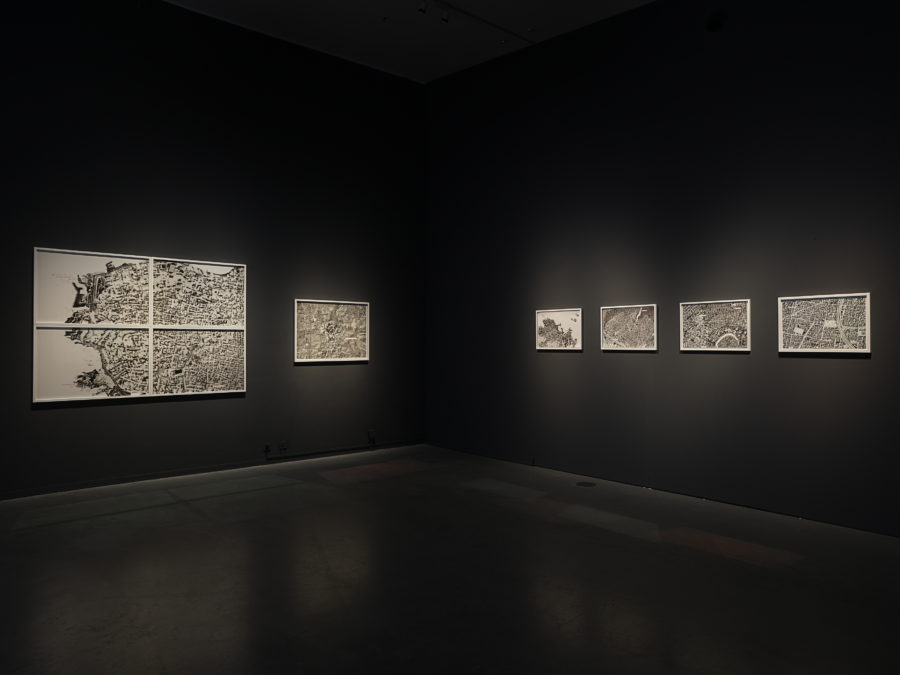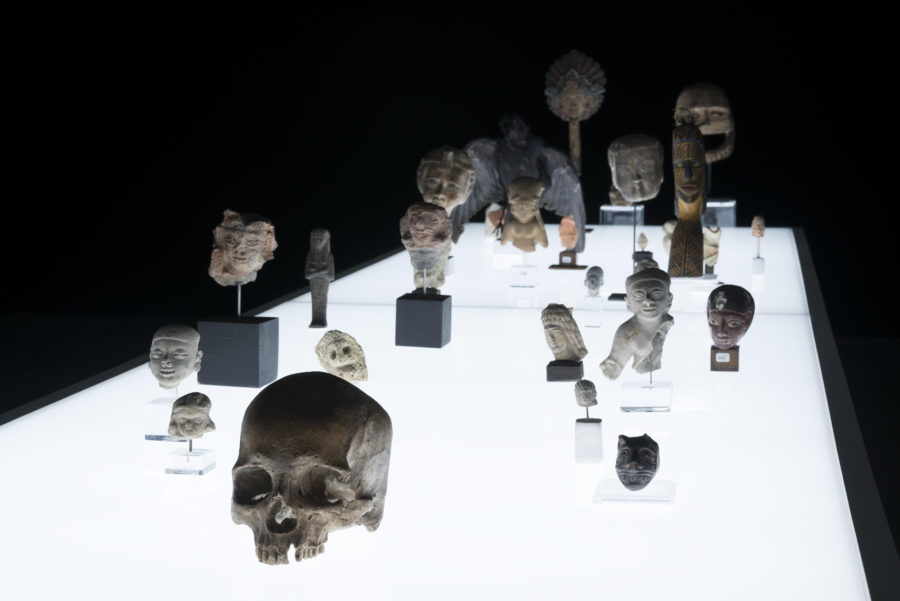Upcoming
Current
Past
Ali Cherri
The BnF is presenting the first major exhibition dedicated to the Apocalypse. The Apocalypse? A dark, fearsome word, one that speaks of the end of the world. For two thousand years, it has echoed through our culture and Western societies whenever a major catastrophe occurs, and even today, it lingers in the background of our climate anxieties. And yet… This word means revelation, unveiling. In its biblical source, the Apocalypse speaks of a veil lifting to reveal the timeless kingdom that will unite believers in the celestial Jerusalem. A word of hope, meant to dispel our deepest fears?
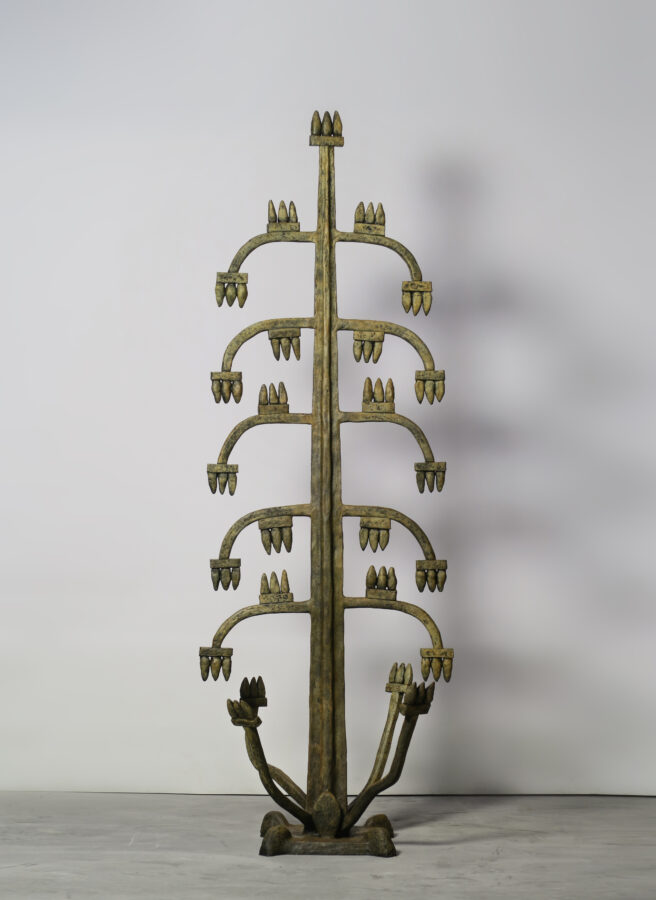
Sammy Baloji
“What does it mean to be ‘an agent of change’? (…) Over the past nine months, in hundreds of conversations, text messages, Zoom calls and meetings – stated Lesley Lokko – the question of whether exhibitions of this scale — both in terms of carbon and cost — are justified, has surfaced time and again. In May last year, I referred to the exhibition several times as ‘a story’, a narrative unfolding in space. Today, my understanding has changed. An architecture exhibition is both a moment and a process. It borrows its structure and format from art exhibitions, but it differs from art in critical ways which often go unnoticed. Aside from the desire to tell a story, questions of production, resources and representation are central to the way an architecture exhibition comes into the world, yet are rarely acknowledged or discussed. From the outset, it was clear that the essential gesture of The Laboratory of the Future would be ‘change’.”
